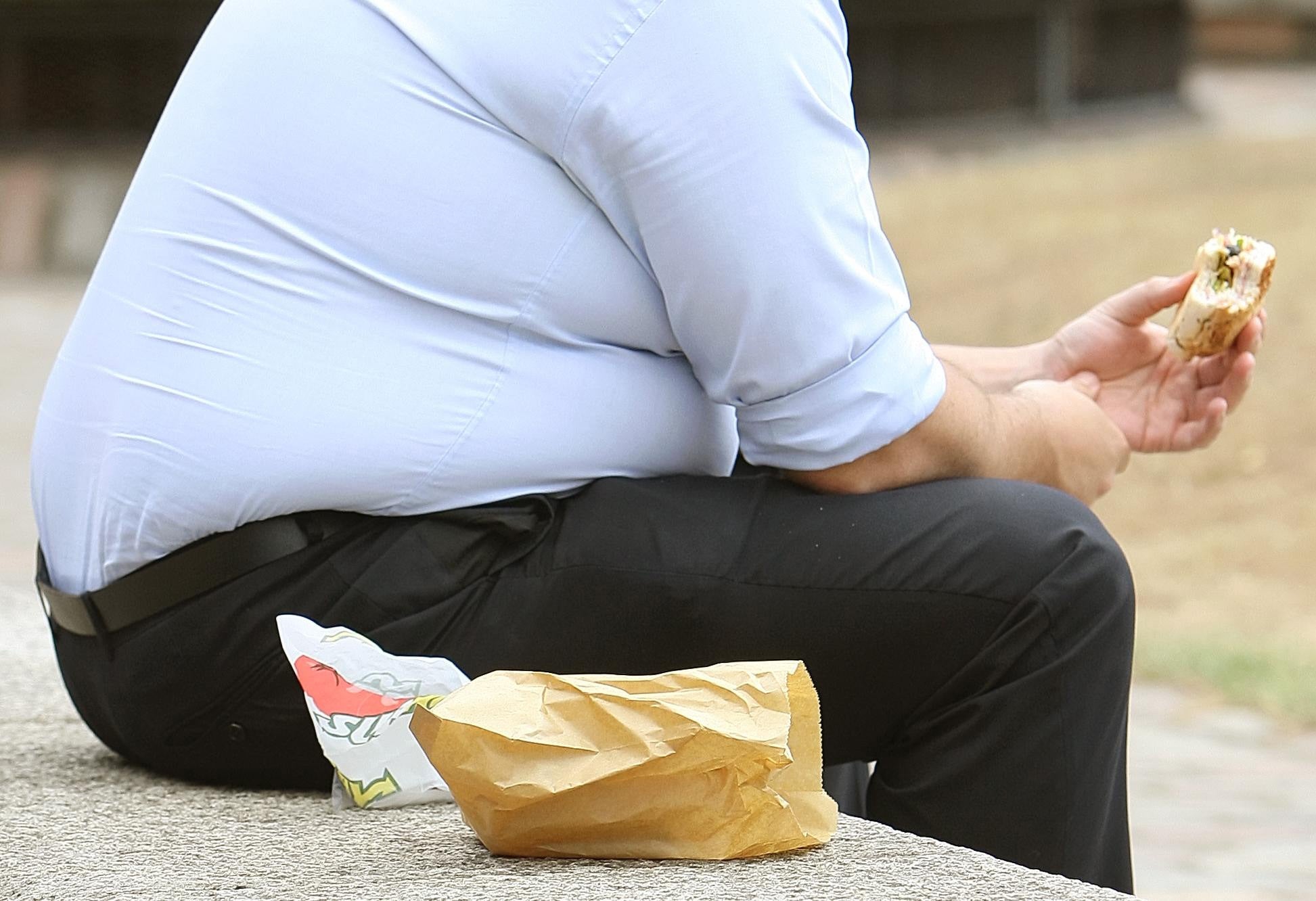Keeping waist measurement less than half your height ‘is good for your health’
A 5ft 4in female with a waist circumference of 29in would have a healthy ratio, but 32in would push them into the unhealthy range.

Your support helps us to tell the story
From reproductive rights to climate change to Big Tech, The Independent is on the ground when the story is developing. Whether it's investigating the financials of Elon Musk's pro-Trump PAC or producing our latest documentary, 'The A Word', which shines a light on the American women fighting for reproductive rights, we know how important it is to parse out the facts from the messaging.
At such a critical moment in US history, we need reporters on the ground. Your donation allows us to keep sending journalists to speak to both sides of the story.
The Independent is trusted by Americans across the entire political spectrum. And unlike many other quality news outlets, we choose not to lock Americans out of our reporting and analysis with paywalls. We believe quality journalism should be available to everyone, paid for by those who can afford it.
Your support makes all the difference.People should ensure their waist measurement is less than half their height to keep health problems at bay, an NHS watchdog has said.
For the first time, the National Institute for Health and Care Excellence (Nice) says adults with a body mass index (BMI) under 35 should measure their own waist-to-height ratio as part of wider plans to tackle obesity.
A BMI of 18 to 25 is considered a healthy weight, 25 to 30 is overweight, and over 30 is obese.
Nice said that by using a waist-to-height ratio, together with BMI, people can work out whether they are carrying excess fat around their middle, which is known to push up the risk of type 2 diabetes, high blood pressure and heart disease.
Our updated draft guideline offers people a simple and effective way of measuring their weight
Anyone wishing to find out their waist to height ratio can use an online calculator or could ask a health professional to work it out for them.
As an example, a 5ft 4in female with waist circumference of 29in would have a healthy ratio, but 32in would push them into the unhealthy range.
A man who is 5ft 10in would be at increased health risks with a 36in waist.
The guideline says a healthy waist to height ratio is 0.4 to 0.49, indicating no increased health risks.
A ratio of 0.5 to 0.59 puts people at increased risk of health issues, while 0.6 or more puts them at the highest risk of health problems.
The guideline recommends, in line with international guidance, using lower BMI thresholds for overweight and obesity for people from south Asian, Chinese, other Asian, Middle Eastern, black African, or African-Caribbean backgrounds.
Increased fat in the abdomen increases a person’s risk of developing several life-limiting diseases including type 2 diabetes and heart disease
These groups are more prone to carrying weight around their middle and have higher health risks at lower BMIs.
It also sets out ways to assess childhood obesity and says tailored plans should be considered for children with a high BMI or a waist-to-height ratio above 0.5.
Dr Paul Chrisp of Nice said: “Our updated draft guideline offers people a simple and effective way of measuring their weight so they can understand the factors that could impact on their health and take action to address them.
“Our committee found that a clear benefit of using the waist-to-height ratio is that people can easily measure it themselves, interpret the results, and seek medical advice if they are at increased health risk.”
Guideline committee member Professor Rachel Batterham, consultant in obesity, diabetes and endocrinology, said: “Increased fat in the abdomen increases a person’s risk of developing several life-limiting diseases including type 2 diabetes and heart disease.
“Waist-to-height ratio is a simple, easy-to-use measure that identifies people who are at increased health risk and would benefit from weight management support to improve their health.”
The draft guidance is subject to consultation.
The 2019 Health Survey for England estimated 28% of adults were obese and 36% were overweight.
The current cost of obesity in the UK is £6.1 billion to the NHS and £27 billion to wider society.